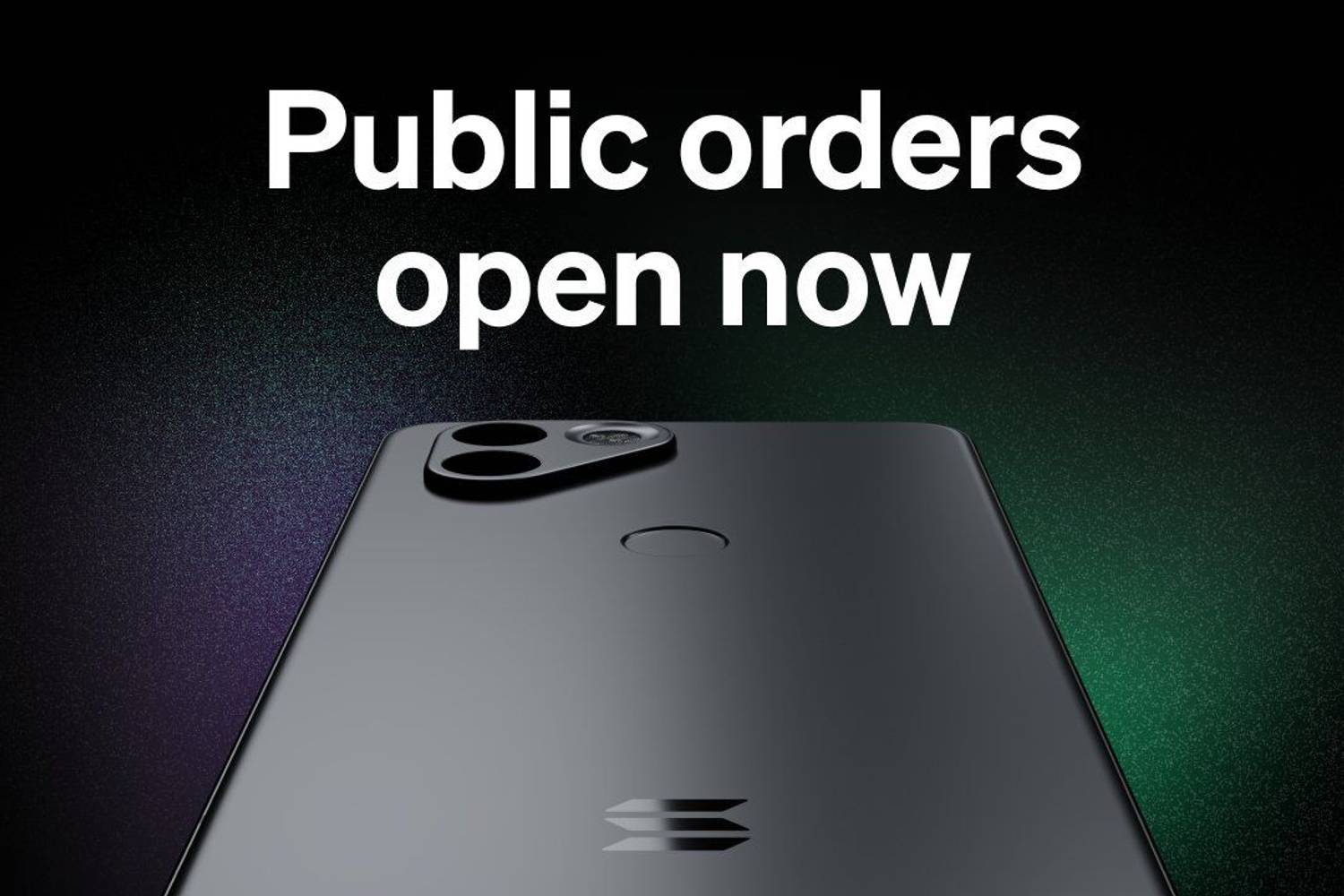Solana Saga Mobile Phone Now Available for Public Orders: A New Era of Web3.0 Adoption
Solana, the innovative protocol and start-up behind the Saga Mobile phone, has recently announced the opening of public orders for its cutting-edge device. The company has seen a surge in acceptance and adoption of the Saga Mobile phone, poised to bring Web3.0 closer to the average smartphone user.
Solana (SOL), the innovative protocol and start-up behind the Saga Mobile phone, has recently announced the opening of public orders for its cutting-edge device. The company has seen a surge in acceptance and adoption of the Saga Mobile phone, which is poised to bring Web3.0 closer to the average smartphone user.
JUST DROPPED
— Solana Mobile 🌱 (@solanamobile) May 8, 2023
Saga public orders are now open for 🇺🇸🇨🇦🇬🇧🇪🇺🇨🇭🇦🇺🇳🇿
Order yours at: https://t.co/4ZIEs6ZysF pic.twitter.com/bmAhBFWToR
Initially limited to pre-orders, the Saga Mobile phone is now available for the wider public, marking a significant milestone in the company's growth. The device is set to be shipped to various locations, including the United States (U.S.), European Union (EU), and Australia, further broadening its global reach.
As a pioneer among blockchain protocols, Solana has successfully developed and launched a mobile phone that integrates multiple innovations into a single device. The phone simplifies blockchain accessibility by incorporating various Web3.0 applications, making it a strong competitor in the smartphone market.
One key feature of the Saga Mobile phone is its use of the secure Solana protocol, which provides users with direct access to the benefits of Decentralized Finance (DeFi). Additionally, the device offers comprehensive support for non-fungible tokens (NFTs) hosted on the Solana platform.
The public availability of the Solana Mobile phone is expected to increase the adoption of SOL as a digital currency, distributing tokens to a broader audience. Moreover, the wide range of innovative applications available on the Solana platform, easily accessible through the Saga interface, is likely to drive demand and momentum for SOL tokens.
In conclusion, the availability of the Solana Saga Mobile phone for public orders represents a significant step towards greater adoption and accessibility of Web3.0 technology. As more users embrace this innovative device, it will undoubtedly accelerate the transition towards a decentralized digital future.


